Westmount places
Tupper Street
The Story Behind the Familiar: Tupper street, made unattractive by Dorchester’s widening
By Michael Walsh
Previously published September 29, 2018
The yule-log sparkled keen with frost,
No wing of wind the region swept,
But over all things brooding slept,
The quiet sense of something lost.
Alfred, Lord Tennyson
Continuing our walks through streets radically altered by the widening of Dorchester in the 1960s, one comes across Tupper Street. Basically, a visually unappealing street – lined with concrete parking lots, a repurposed hospital and a non-descript medical building. The latter unappealingly attached to one of two extant houses on Gladstone.
Looking at Tupper Street, from a historical perspective, I was astonished to discover that the area from Atwater Avenue to Gladstone contained 40 homes in the early 1900s – today, none of these buildings have survived the area’s “urbanization”.
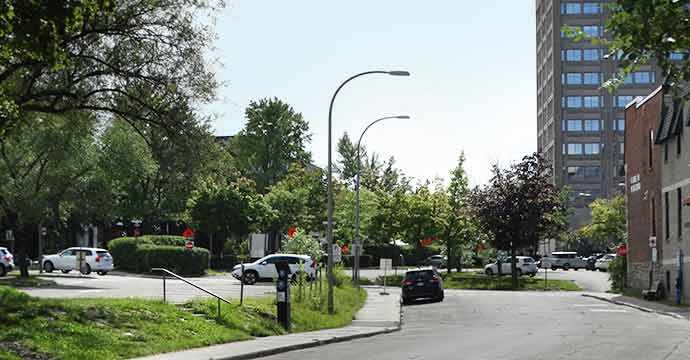 We will revisit these homes, and their residents, in due course. First, let’s take a stroll down Tupper and discover the area’s current residents.
We will revisit these homes, and their residents, in due course. First, let’s take a stroll down Tupper and discover the area’s current residents.
‘… the area from Atwater Avenue to Gladstone contained 40 homes in the early 1900s – today, none of these buildings have survived the area’s “urbanization.’
Walking eastward, from Gladstone, the first building is the former Reddy Memorial Hospital (closed in 1997) now repurposed as a YMCA residence. Few area residents are aware that this building is in partnership with the Ministère de l’immigration, de la diversité et de l’inclusion and PRAIDA (Programme régional d’accueil et d’intégration des demandeurs d’asile) and provides accommodation and integration services for individuals and families seeking asylum status in Canada.
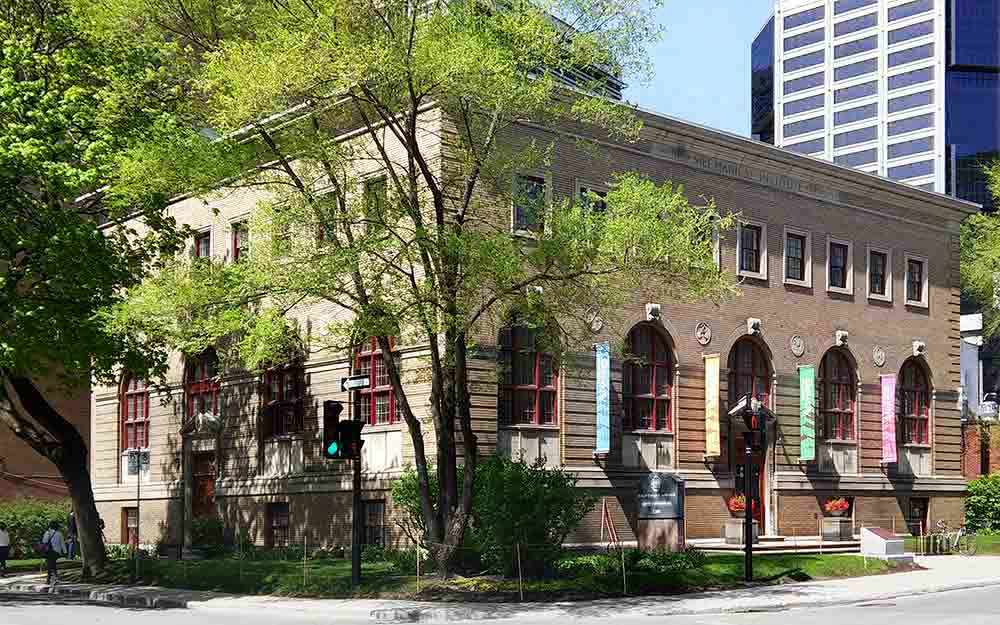
Atwater Library and Computer Centre – Image: Patricia Dumais
The second building is the southern portion of Atwater Library that lines the intersection of Tupper and Atwater Avenue.
The Atwater Library traces its origins back to 1828 when the first Mechanics’ Institute established in continental British North America was formed in Montreal. Today, with its official name, Atwater Library and Computer Centre, it is the sole survivor of the many mechanics’ institutes established in Canada in the 19th century. The rest were either closed or merged into public library systems.
The Atwater Library and Computing Centre, History & Archives
That ends today’s walk – and it took us less than 20 minutes! Before we stroll down the street in the 1890s let’s become acquainted with the origin of the name. Interestingly, the street had a hybrid name in the 1890s. Specifically, Municipal Council referred to it as “Quibler or Tupper”. Specifically:
A petition from the Heirs of the Durnford Estate asking a street be opened from Atwater Avenue in a southwesterly direction between their property and the Gentlemen of the Seminary to Gladstone Avenue. Moved… that Quibler or Tupper Street be homologated… to a width of 66 feet from Atwater Avenue westward through the property of the Durnford Estate and of the Seminary – one half of the width to be taken from each… carried.
Municipal Council of the Town of St. Antoine, December 14, 1891
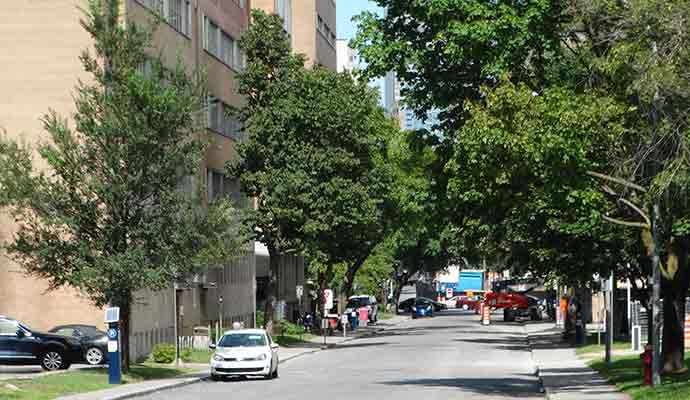
Tupper Street looking east
It wasn’t until 1897 that the street was named Tupper:
Submitted and read petition of Dr. George Wilkins and 21 others, residents and proprietors on Quibler Street requesting that the name of the street be changed to Tupper. On motion it was resolved that the prayer of the petition be granted and that the necessary notice be sent to the registrar of the County of Hochelaga.
Municipal Council of the City of Westmount , February 1, 1897
Who exactly were Quibler and Tupper? Quibley (quite possibly) honours Joseph-Vincent Quiblier (1796-1852), a Roman Catholic Priest and a Superior in the Society of the Priests of St. Sulpice.
‘Tupper honours Sir Charles Tupper… Canada’s sixth prime minister. One of the Canadian fathers of Confederation, his term as Prime Minister was 69 days and is the shortest in Canadian history.’
Amongst his most notable achievement was the authorization of the construction of St. Patrick’s Church for Montreal’s English-speaking Roman Catholics.
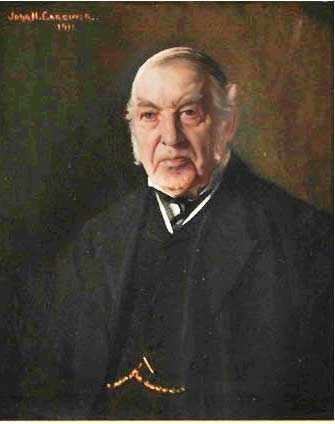
Sir Charles Tupper – Image: Public Domain
Tupper honours Sir Charles Tupper (July 2, 1821 – October 30, 1915) Canada’s sixth prime minister. One of the Canadian fathers of Confederation, his term as Prime Minister was 69 days and is the shortest in Canadian history.
At this point, let’s take a leisurely walk down Tupper Avenue, in the year 1899, and re-discover the area’s lost neighbourhood.
4028 Tupper
Mrs. A. Miller, widow
Captain Charles Miller, clerk – 1899
4030 Tupper
Allan B. Macpherson, manufacturer’s agent – 1899
4032 Tupper
John Percival, commercial traveller – 1899
4034 Tupper (former civic number)
R. J. Jackson Stonewall, Chard, Jackson & Company – 1899
4036 Tupper (former civic number)
G. W. Badgley, Montreal Freehold Company – 1899
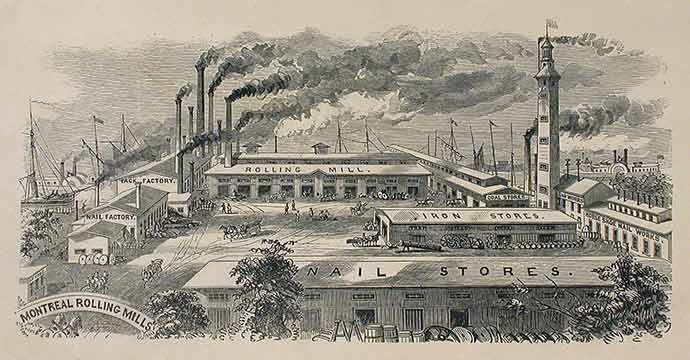
Montreal Rolling Mills – © McCord Museum M930.50.8.285
4058 Tupper
James Klinghorn, Montreal Rolling Mills – 1899
Rolling mills and factories producing such articles as nails, tools, boilers were established primarily in Montreal. The largest enterprise was the Montreal Rolling Mills Company, founded in 1869… Its rolling mills were modern installations with steam-driven machinery and employed 400 workers. Using pig iron from England, the company turned out a variety of productions; by 1881 it had become the largest producer of iron pipes.
Quebec: A History 1867-1929
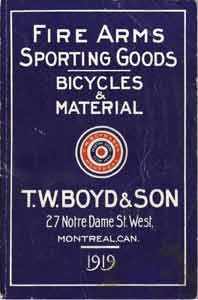
T. W. Boyd & Son advertisement
4060 Tupper
James Croil, commercial traveller – 1899
4062 Tupper (former civic number)
T. W. Boyd, T. W. Boyd & Son, sporting goods retailers – 1899
4064 Tupper
George Kent, S. Greenshields, Son & Company – 1899
4066 Tupper
W. T. Cumming, agent – 1899
4068 Tupper
Clarence F. Smith, wholesale boots & shoes – 1899
4071 Tupper
William Price, dealer in hides & wool – 1899
4073 Tupper
A. J. Williams, manager, Hunt & Company – 1899
4074 Tupper
E. G. Brooks, James, Scott & Company – 1899
4075 Tupper
Charles Notman, William Notman & Son – 1899
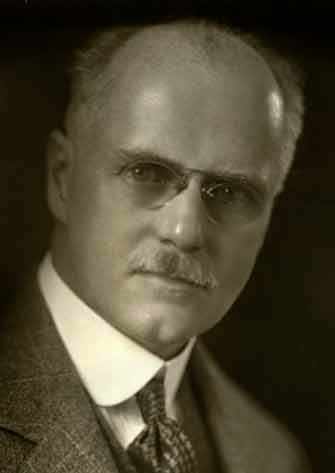
Charles Notman – © McCord Museum N-1975.41.40
William Notman (1826-1891) made his eldest son, William McFarlane Notman (1857-1913), a partner in his photography studio in about 1882. The name of the studio was then changed to Wm. Notman & Son, a name it retained until the company ceased operations in 1993.
Following the death of William in late 1891, Charles Notman (1870-1955), the youngest son of the photographer, who had been working in the studio in Boston, returned to the Montreal studio. In 1894 his brother offered to take him on as a junior partner in the firm. Over the next few years, his talent as a portrait photographer won increasing recognition, helping significantly to maintain the Notman studio’s leading position in Montreal.
In 1913, following the death of his brother, Charles became the sole owner of the company, which he sold in 1935, along with a collection of 400,000 prints and negatives, to Associated Screen News.
McCord Museum
4077 Tupper
E. B. Morgan, government inspector, livestock shipments – 1899
4078 Tupper (former civic number)
J. S. Jellyman, R. Jellyman & Company – 1899
Established 1835 – R. Jellyman, Manufacturer of all kinds of paper offices – 582 Craig Street and Cote Street, Next Theatre Royal, Montreal
– General Review of the Trade of Montreal, 1876
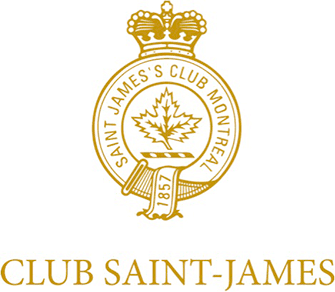 4082 Tupper
4082 Tupper
Miss A. M. Morrogh – 1899
4083 Tupper
A. E. Morris, tobacconist – 1899
4084 Tupper
John Appleby, superintendent, St James Club –1899
4085 Tupper
John J. Louson, commercial traveller – 1899
4086 Tupper
E. J. Howes, manager, Mason & Risch Piano Company – 1899
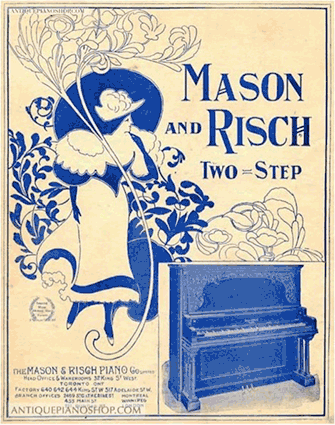
Mason & Risch advertisement (1935), antique Piano Shop
Thomas G. Mason, Vincent Risch and Octavius Newcombe entered into partnership in 1871 to form the firm of “Mason, Risch & Newcombe” in Toronto. The firm started out as retailers of pianos, organs and musical merchandise, initially importing their instruments from the United States.
Mason, Risch & Newcombe begin building their own instruments in Toronto in about 1877, and these instruments were met with great success. In 1878 the firm was reorganized as “Mason & Risch” when Newcombe left the partnership to open his own firm. Mason & Risch quickly became one of the largest music store chains in Canada. Mason & Risch built high quality pianos for decades, and enjoyed a very good reputation.
In 1900 Mason & Risch entered into a contact with Eaton’s Department Stores, Canada’s largest department store chain, to build pianos under the brand name of “T. Eaton”. Instruments labelled as “T. Eaton” were sold in Eaton’s Department Stores for decades, giving Mason & Risch the revenue needed to survive the economic downturns of the 20th Century. The firm also produced a successful line of organs under the “Vocalian” brand name.
– Antique Piano Shop
4087 Tupper
Mrs. C. M. Cooke, widower, M. W. Cooke – 1899
4088 Tupper
Charles R. Hardie, A. A. McDougall & Company – 1899
4089 Tupper
E. E. Starr, H. H. Wolff & Company – 1899
4091 Tupper
C. T. Hare, insurance agent – 1899
4092 Tupper
Mrs. M. McDougall, widow, James McDougall – 1899
4093 Tupper
R. S. Kelsch, electrical engineer, Lachine Rapids Hydraulic and Land Company – 1899
4094 Tupper
John Leslie, Hendery & Leslie – 1899
4095 Tupper
Alfred Collyer, electrical engineer – 1899
C. O. Palmer, accountant –1899
4096 Tupper
W. E. Smith, commercial traveller – 1899
4097 Tupper
W. E. Smith, commercial traveller – 1899
4097 Tupper
George Gardner, bookkeeper – 1899
4098 Tupper
T. H. Bailey, superintendent, The Whitham Shoe Company
Feature image: the former Reddy Memorial Hospital – Michael Walsh
Images: Michael Walsh (unless indicated otherwise)
 Read other articles by Michael Walsh
Read other articles by Michael Walsh

Michael Walsh is a long-time Westmount resident. He is happily retired from nearly four decades in the field of higher education technology. A “professional student” by nature, his academic training, and publishing, include statistical methodology, mycology and animal psychology. During this period, he was also an officer in the Canadian Armed Forces. Prior to moving to Montreal, he was contracted by the Ontario Ministry of Education evaluating bilingual primary and secondary school programs. Today, he enjoys spending time with his (huge) Saint Bernard while discovering the city’s past and sharing stories of the majestic trees that grace the parks and streets. He can be contacted at michaelld2003 @hotmail.com or through his blog Westmount Overlooked

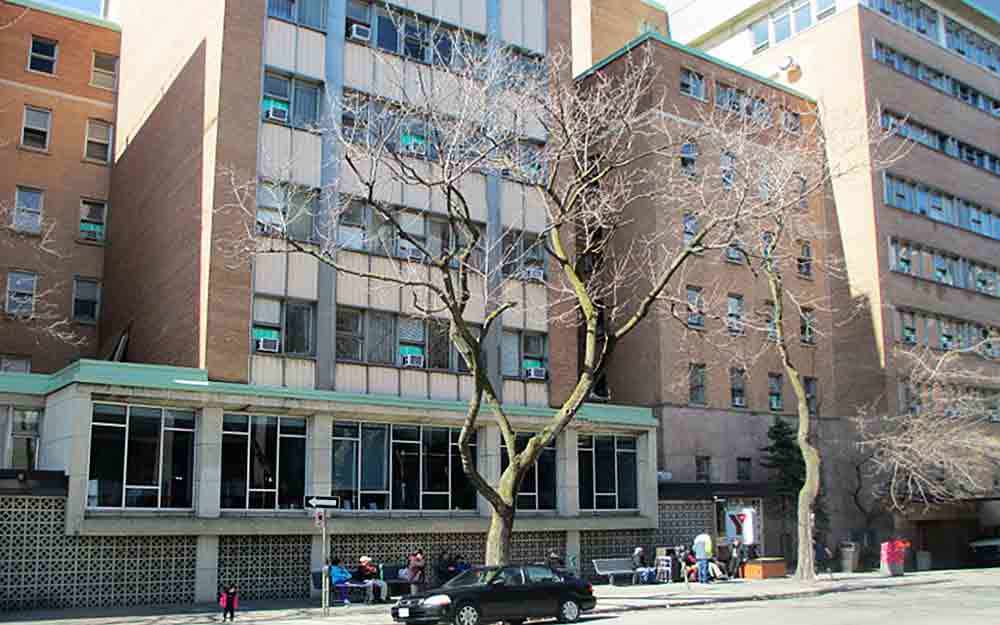





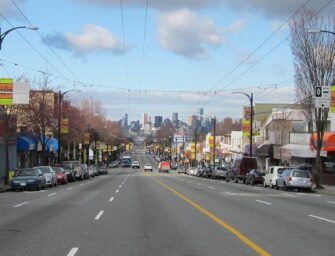
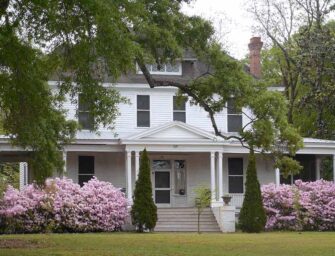



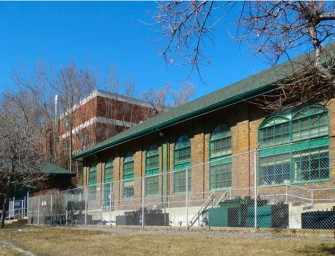
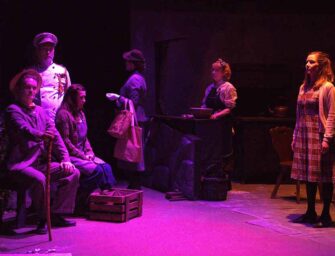

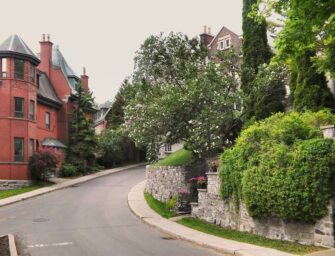

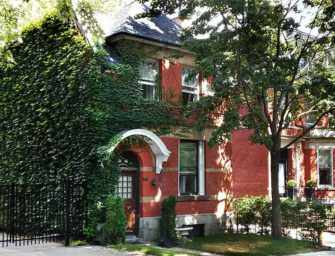
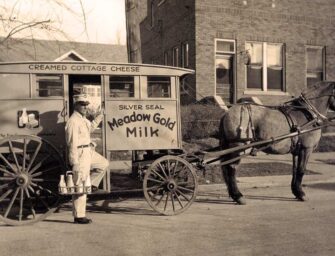
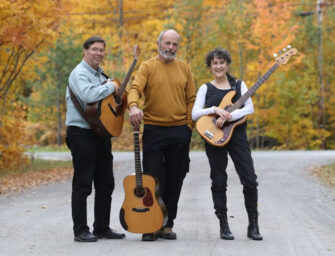



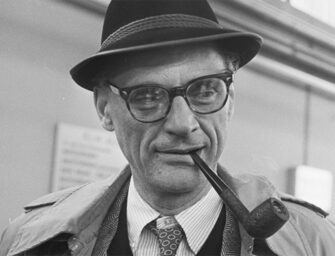



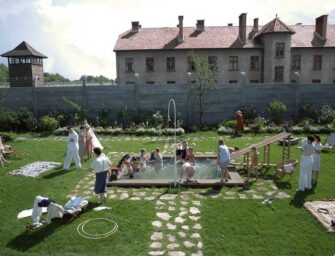



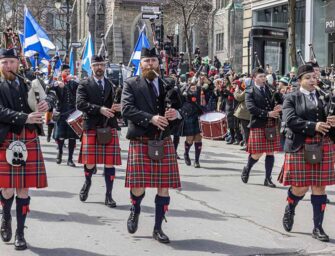
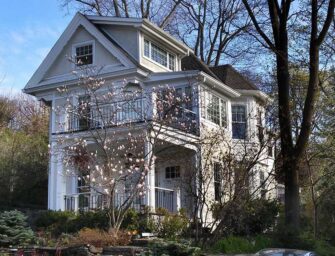
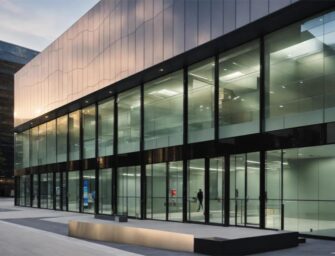
What a storied and full history of demolished buildings. If only we could recreate virtually this street based on this thoroughly researched account.
I am reaĺly interested in the house which used to stand at 1186 Atwater Avenue, the Franckum house. This is the west side of Atwater, on the corner of Tupper. I am not sure whether this is actually Westmount or Montreal. Does anyone have photos of this house? PS: love these articles.
I am reaĺly interested in the house which used to stand at 1186 Atwater Avenue, the Franckum house. This is the west side of Atwater, on the corner of Tupper. I am not sure whether this is actually Westmount or Montreal. Does anyone have photos of this house? PS: love these articles.
My girlfriend just sent me this post. I grew up on Tupper Street at 4066. In December of 1964, we were given 30 days notice to vacate our home as it was being expropriated by the City of Westmount. The homes on our street along with Gladstone and Dorchester were also being demolished. We were told a new building was to be erected on Tupper and Dorchester but our properties became a public parking lot for many years to come before any buildings would be erected. It broke our family”s heart to leave our lovely century home. I wish we had taken photos of our street but in those days, photography wasn’t a big thing.I will always have fond memories of ours home on Tupper. Thanks for the historical information. If anyone has photos of those streets, please post them.
Michael,
My grandparents, named Kennedy, lived at 4026 Tupper until the demolition when they moved to 10 Rosemount. I have many happy memories of parking in their lane beside their house when we went to an event at the Forum. As you start at 4028 I guess their house, which was semi-detached, was built later then the original houses on the street. I also remember playing on the lawn behind the Atwater Library. My grandmother in her later years rented her spare bedrooms to nurses from the Reddy Hospital across the street.
Peter Denis
In 1956, when I was 9, my family moved to 4129 Dorchester Street (a large 3-story apartment building on the corner of Gladstone & Dorchester). It was there that I met my soon-to-be best friend Sandra who lived at 4066 Tupper Street. We are still best friends today and shared wonderful memories of all the crazy things we did as kids/teenagers between Tupper, Gladstone & Dorchester Streets. For years, we enjoyed the best of times as all kids do by roaming the lane way of Tupper & Gladstone Streets, played hide ‘n seek, tag, roller skated and 7’s (popular ball game) against the side of a red brick wall (on the right-hand side corner of Tupper & Gladstone). If you look at one of the initial photos of this article, you can see the red brick building I am referring to.
Years later, my parents were in the process of having our new home built in Chateauguay (move in date was scheduled for July 1, 1964) when we found out that these 3 streets were slated for demolition. Somehow my Dad was able to secure temporary accommodation for us through the City of Westmount, allowing us to relocate a block further west (just past Green Avenue) in order for my brother to finish his school year and for me to graduate in June from Westmount High. Once we moved from the “mansion”, the rest of Dorchester Street was demolished including Calvary United Church (corner of Green Ave./Dorchester)where Sandra & I used to sing in the choir.
Our “new” temporary home (already vacant by now) turned out to be a former beautiful mansion that had, over the years, been converted to multiple apartments. My bedroom turned out to be the maid’s quarters accessed by a winding staircase from the kitchen. I thought that was great!
There were so many beautiful century homes, all tree-lined not only along Tupper but Gladstone & Dorchester as well. Sadly, so many families’ lives were changed forever because of this expropriation and what remains today is such a shame.
Note: A bomb, planted in a mailbox by the FLQ sometime in either 1962/63 was located directly across the street from our apartment building. Using a grapple, the mailbox was carefully placed in the centre of Dorchester with bales of hay packed around it. The sound when detonated, was deafening (I must have jumped at least a foot in the air) and resulted in some windows blown out of our building. It was really frightening and total chaos when the bales caught on fire. We had a front row seat as my Dad and I watched everything from the safety of an upstairs window from another apartment in the building.